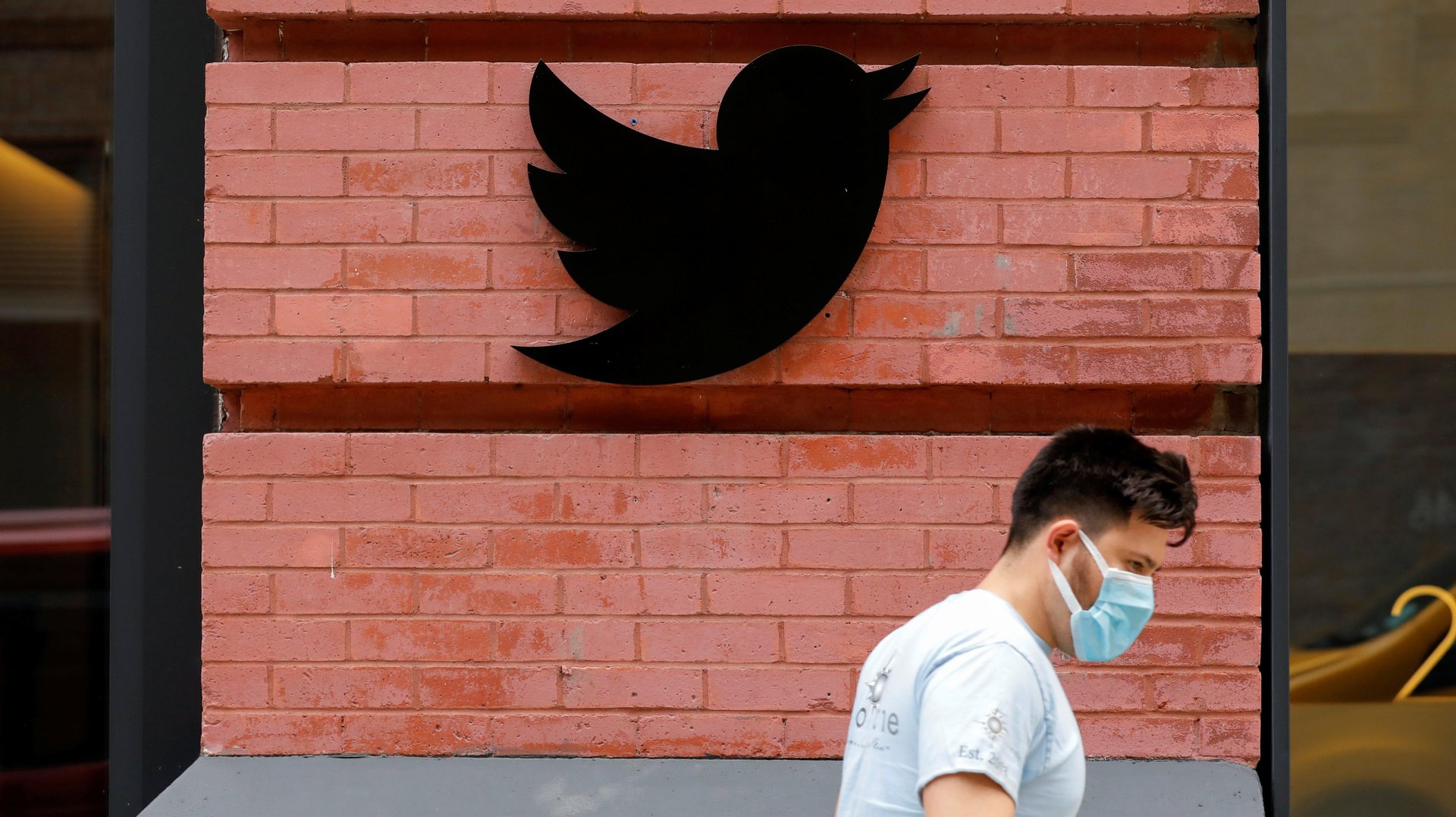What will happen to laid-off tech workers on H-1B visas?
Tech workers on H-1B visas will face more hurdles than their American counterparts

After a hiring spree for technical jobs during the pandemic, some big-name companies, including Meta, Twitter, and Stripe, are changing course and starting to lay off workers. The layoffs could be particularly hard for workers on H-1B visas, who will need to find a job within 60 days or leave the US unless they change their visa status.
Tech companies in the US depend heavily on foreign workers, particularly from India and China. For years, these companies have said there’s a shortage of workers with the needed technical skills, so they turn to the H-1B program to hire workers from overseas to fill specialty roles.
So what’s next for these workers if they are no longer needed by their employers?
The options for tech workers on H-1B visas
Immigration lawyers say that laid-off workers who intend to stay on an H-1B visa have a 60-day grace period in which they need to find and file another H-1B visa from another employer. If not, they will have to leave the country. Other options include going back to school and changing their status to a student visa to buy more time. Some may choose to apply for a B-2 visa to extend their time in the US.
For employees on H-1B visas who are on track to get a green card, losing their job could hurt their chances of receiving the green card to become a permanent resident of the US, unless they are far along in the approval process. A layoff can be particularly disruptive for people in this group, as many have mortgages or are putting kids through college in the US, says Poorvi Chothani, the founding partner at LawQuest, an immigration law firm based in Mumbai, India.
The current tech hiring landscape
How hard will it be for affected workers to get new jobs? It depends in part on where they are willing to go.
Chothani notes that the skills of these workers are in high demand, often in excess of what’s available through the H-1B program. She says clients tell her there aren’t enough qualified workers willing to take up jobs, for instance, in North Dakota or Idaho. “There is room for them to get jobs,” she said.
The US labor market is still tight overall, as layoffs have been concentrated either at big tech companies or unprofitable ones.
“We know that there are many H-1B workers who will be affected by that layoff,” said Richard Block, a partner at Lewis Brisbois, who focuses on business immigration law. “My suspicion or belief is that there are still quite a few US employers that would be willing to hire those individuals.”
He shares that one of his clients recently changed to a policy of no longer sponsoring H-1B workers, but was having such difficulty finding workers with the necessary skills that they reverted to their old policy.
Immigration outflow to Canada
Though the Biden administration has loosened restrictions on the number of visas issued to immigrants, backlogs on obtaining a visa, which worsened during the pandemic, continue, with some wait times extended to years.
As a result, lawyers say layoffs in tech could lead to more workers heading to Canada, where they can find friendlier immigration policies and typically face shorter wait times for visas than in the US. The timing, at least, would be good. Canada announced recently it is raising its immigration targets amid a labor shortage.
